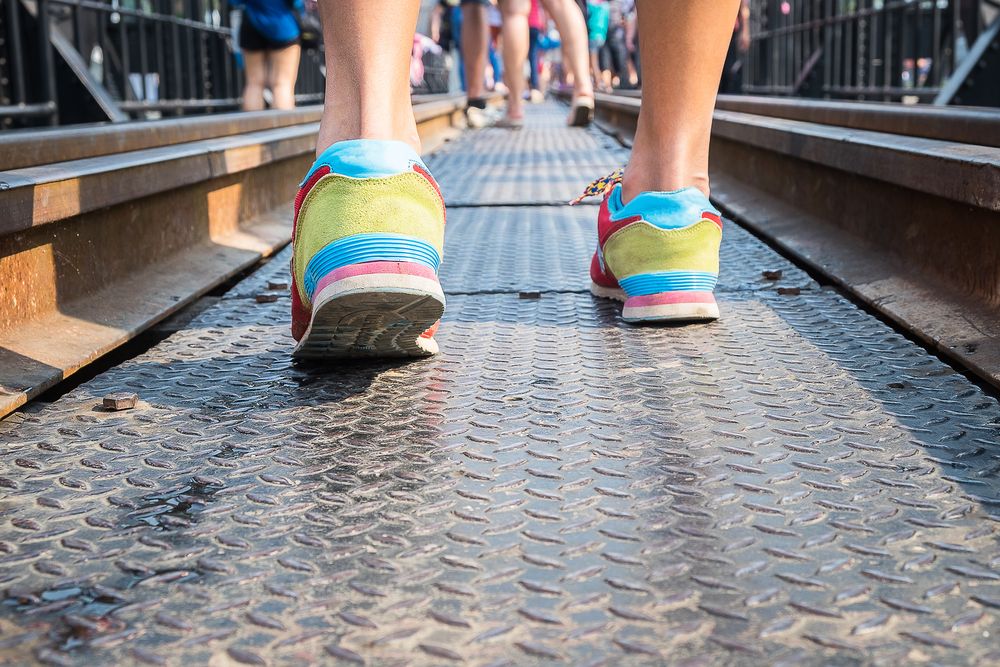Article
Bone Spurs Entirely Local, Not Systemic
Bone spurs primarily occur as a result of biomechanical stress, not a systemic condition, which may explain why they are associated with foot osteoarthritis, not of the hand.
(©KhomsonSatchasataporn,Shutterstock.com)

Bone spurs primarily occur as a result of biomechanical stress, not a systemic condition, which may explain why they are associated with foot osteoarthritis, not of the hand.
“This pattern of association suggests that calcaneal enthesophytes (bone spurs) primarily result from a local, biomechanical process rather than a systemic bone forming process,” wrote the authors of a study published this month in Arthritis and Rheumatology.
Bone spurs, also known as calcaneal enthesophytes, occur when the connective tissue between tendon or ligament and bone are exposed to metabolic, inflammatory, traumatic or degenerative processes.
Patients with psoriatic arthritis, rheumatoid arthritis and diffuse idiopathic skeletal hyperostosis are more susceptible to bone spurs which can also occur due to excessive stress on the affected site. They occur more frequently in older populations and individuals with a high body mass index.
In this study, led by Hylton B. Menz, of La Trobe University, Australia, researchers sought to learn more about the role of systemic and biomechanical processes in the development of osteoarthritis. Learning more about “the associations between calcaneal enthesophytes and osteoarthritis features of a foot or hand, may provide a model for evaluating the role of systemic and biomechanical processes in the development of osteoarthritis,” the authors wrote.
This study included 532 participants (298 women, mean age 64.9 years) who completed a health survey through their providers. Those with foot pain occurring within the last 12 months underwent an assessment for foot and hand osteoarthritis.
THE FINDINGS
Bone spurs were not found to be associated with hand osteoarthritis, but they were associated with polyarticular foot osteoarthritis. This differs from previous studies that suggested strong associations of enthesophytes and osteophytes of both the hand and feet.
“Posterior calcaneal enthesophytes, which are thought to result from increased tensile forces in the Achilles tendon, were positively associated with talonavicular osteoarthritis of the joint.”
“Plantar enthesophytes were positively associated with the polyarticular foot osteoarthritis phenotype and osteoarthritis affecting the navicular-cuneiform joint.”
The negative association between plantar enthesophytes and osteoarthritis of the first metatarsophalangeal joint may be due to foot posture since plantar enthesophytes are known to be associated with pronated foot posture (flat feet).
"These findings suggest that calcaneal enthesophytes may result from a local, biomechanical process rather than a systemic bone forming process, and may not be part of a systemic form of osteoarthritis," researchers wrote. ““Future investigations incorporating observations of osteophytes and enthesophytes from multiple joints are required to provide further insights into the relative role of systemic and biomechanical processes in the pathophysiology of osteoarthritis.”
REFERENCE
Hylton B. Menz, Michelle Marshall, Martin J. Thomas, et al. "Associations Between Calcaneal Enthesophytes and Osteoarthritis of the Hands and Feet."Arthritis and Rheumatology. July 19, 2019. DOI:10.1002/acr.24030




